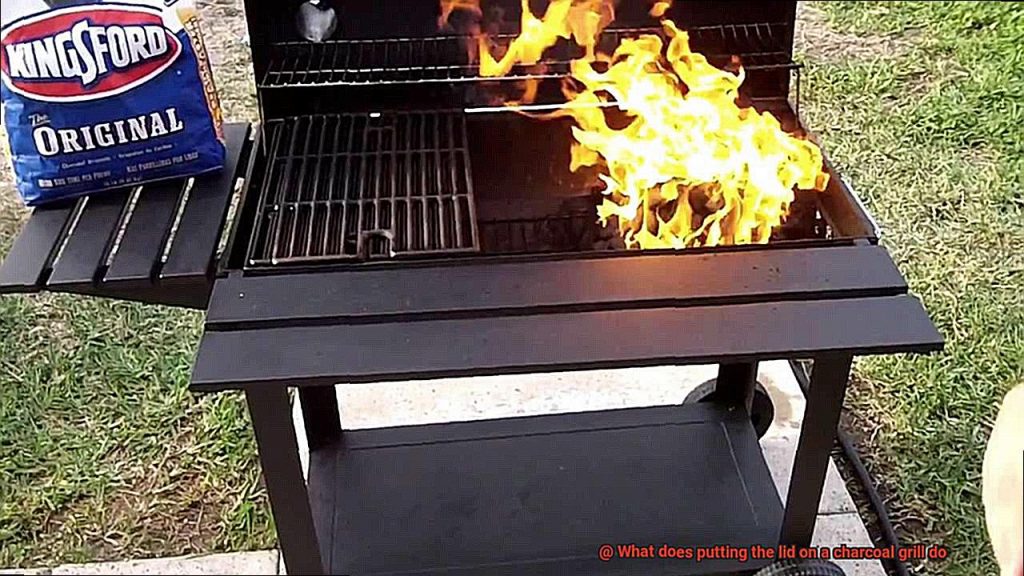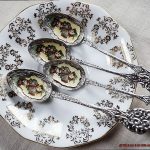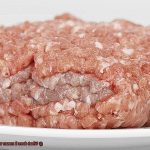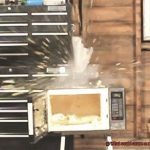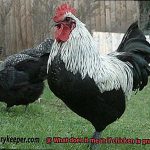It’s that time of year again, folks. Grilling season is in full swing, and if you’re like me, then you’re probably firing up the charcoal grill every chance you get. But have you ever stopped to wonder what putting the lid on a charcoal grill actually does? Sure, it keeps the heat in and the rain out, but there’s more to it than that.
Let’s talk about flavor. You know that smoky taste that makes your mouth water and your taste buds dance? Yeah, that’s what we’re after. And guess what? The lid plays a crucial role in achieving it. When you put the lid on your charcoal grill, it traps the smoke inside and infuses your food with that delicious smoky flavor we all love.
But wait, there’s more. Putting the lid on also helps regulate the temperature and distribute the heat evenly across your food. This means no more hot spots or uneven cooking – just perfectly cooked meals every time. Plus, it keeps those pesky bugs from getting too friendly with your food.
Now I know what you’re thinking – “But wait, aren’t gas grills easier to use?” Sure, they might be quicker to light up and get going, but they just can’t compete with the flavor of charcoal grilling. Trust me on this one.
So if you’re ready to take your grilling game to the next level (and impress all your friends at your next BBQ), then keep reading. In this post, we’ll explore everything you need to know about putting the lid on a charcoal grill – from how it affects cooking times to different types of lids available. So grab a cold drink and let’s get started.
Contents
What is a Charcoal Grill?
If you’re a fan of outdoor cooking and seeking to elevate your grilling game, look no further than the charcoal grill. These versatile outdoor grills use charcoal as their primary source of heat and come in a variety of shapes and sizes, from small portable models to large permanent installations.
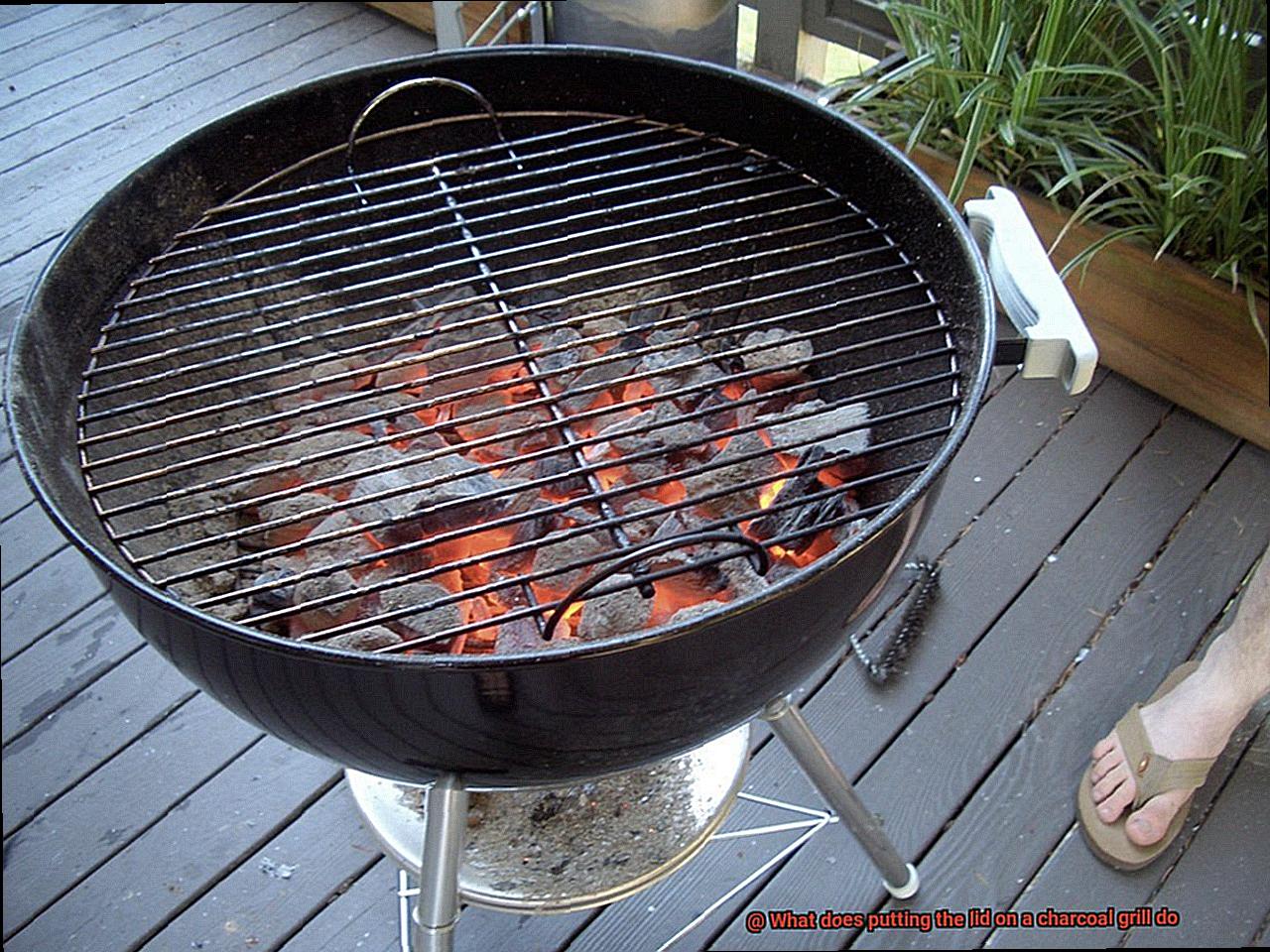
What sets the charcoal grill apart from other outdoor grills is the smoky flavor it imparts to food while cooking. As the burning charcoal releases smoke and flavorful compounds, they infuse into the food, creating a rich, savory taste that is irresistible. Charcoal grills are also relatively inexpensive compared to other types of outdoor grills, making them an excellent choice for backyard cookouts and camping trips.
However, using a charcoal grill takes some skill and practice. Unlike gas grills that turn on with the push of a button, charcoal grills require more time to heat up and cool down. The cooking process also requires more attention to ensure even cooking and prevent burning.
One essential step in the grilling process of a charcoal grill is putting the lid on it. The lid plays a crucial role in regulating temperature, promoting even cooking, preventing flare-ups, and controlling smoke. By closing the lid, heat traps inside the grill, cooking food evenly while retaining moisture resulting in a juicier and more flavorful dish.
Moreover, the lid creates a convection effect inside the grill, where hot air circulates around the food cooking it from all sides. This is particularly important when grilling larger cuts of meat such as roasts or whole chickens where even cooking is critical. Without the lid, these pieces of meat would only cook from one side, resulting in an unevenly cooked dish.
Lastly, putting the lid on a charcoal grill helps to prevent flare-ups and control smoke. When fat drips onto the coals, flames can flare up, charring or burning the food. The lid limits oxygen reaching the coals, reducing the risk of flare-ups and ensuring that the food is cooked to perfection.
Benefits of Putting the Lid on a Charcoal Grill
Then it’s time to put the lid on your charcoal grill. As an expert in this matter, I can assure you that there are several benefits to putting the lid on a charcoal grill that will take your grilling game to the next level.
Retaining heat is essential for cooking food evenly and thoroughly, and the lid on your charcoal grill can help you achieve just that. By trapping heat inside the grill, it creates a convection effect that circulates heat around the food. This eliminates hot spots on the grill and ensures even cooking throughout.
But wait, there’s more. Putting the lid on your charcoal grill also helps to lock in moisture, which is crucial for keeping your food juicy and flavorful. The steam created by the food gets trapped inside the grill when the lid is on, preventing it from escaping. This is particularly important when grilling meats, as dry meat can be tough and unappetizing.
In addition to retaining heat and locking in moisture, putting the lid on your charcoal grill can also control flare-ups and prevent burnt food. When fat drips down onto the coals, it can cause flames to flare up and burn your food. But with the lid on, it acts as a shield between the flames and your food, preventing flare-ups from occurring. This not only prevents burnt food but also reduces the risk of dangerous flare-ups that could cause injury or damage to property.
Last but not least, putting the lid on your charcoal grill can infuse your food with smoky flavor, enhancing its taste profile. The smoke produced by the burning charcoal gets trapped inside the grill when the lid is on, giving your food a delicious smoky taste. This is particularly desirable when grilling meats or vegetables that benefit from a smoky flavor.
Regulating Temperature
As someone who has spent countless hours perfecting the art of grilling, I can confidently say that regulating the temperature is the key to achieving mouth-watering results. And one of the best ways to do that? Using the lid on your charcoal grill.
Why is it so important, you ask? Well, for starters, putting the lid on creates an enclosed environment that traps heat and smoke inside. This means that your food cooks evenly and stays moist and flavorful. No more dry, tasteless chicken breasts or tough, overcooked steaks. And let’s not forget about that delicious smoky flavor that only comes from cooking with charcoal.
The lid also gives you control over the airflow in the grill, which is crucial for maintaining the desired temperature. By opening or closing the vents on the lid, you can adjust the amount of oxygen that flows in, fueling the fire and increasing or decreasing the heat. This allows you to fine-tune the temperature to match your recipe’s needs, whether it calls for high-heat grilling to sear steaks or low-heat grilling for slow-cooking meats or smoking fish.
And speaking of recipes, it’s worth noting that different dishes require different temperatures. With the lid and vents, you can achieve precise cooking temperatures and get those perfectly grilled results every time.
But here’s another benefit of using the lid: it reduces flare-ups and prevents food from burning. You know that feeling when fat drips onto hot coals and causes flames to flare up, scorching your food? Well, covering the grill with a lid minimizes those flare-ups and acts as a shield against direct heat. This means fewer burnt burgers and less frustration at your next barbecue.
Promoting Even Cooking
When you put the lid on your charcoal grill, it helps to create a convection current that circulates heat evenly around the food. This is especially important when grilling larger cuts of meat like roasts or whole chickens, which can take a long time to cook through. The lid also traps in heat, creating an oven-like environment that cooks the food from all sides and prevents any one side from getting too much direct heat.
But that’s not all. The lid also helps to trap in moisture, keeping your food juicy and tender. This is especially important for meats that tend to dry out quickly, like chicken breasts or pork chops.
However, it’s important to note that not all foods benefit from having the lid on. Foods that cook quickly, such as burgers or hot dogs, may not need the lid and can overcook if left on too long. So be sure to monitor these foods closely and adjust cooking times accordingly.
In summary, using the lid on your charcoal grill is essential for promoting even cooking and keeping your food moist and juicy. Just remember to use it appropriately and keep an eye on those quick-cooking items. Here are some additional tips for promoting even cooking:
- Use a meat thermometer to ensure that larger cuts of meat are cooked through evenly.
- Rotate the food halfway through cooking to ensure that all sides are evenly exposed to heat.
- Use indirect grilling methods for larger cuts of meat, placing them off to the side and away from direct heat.
- Let your meat rest before cutting into it. This allows the juices to redistribute, making for a more tender and flavorful meal.
Preventing Flare-Ups and Controlling Smoke
Don’t let that put a damper on your grilling game. The key to perfecting your outdoor cooking skills lies in one simple step – putting a lid on your charcoal grill.
Flare-ups can be a real buzz kill when you’re grilling. These occur when hot charcoal meets dripping fat or grease, and flames shoot up to burn your food. Not only is this frustrating, but it can also be a safety hazard. So, how do you avoid this? By putting the lid on your grill, you trap heat and smoke inside, which reduces the oxygen supply to the flames, preventing flare-ups from happening.
But wait, there’s more. Putting a lid on your charcoal grill also helps to control smoke. While some smoky flavor is desirable, too much smoke can make your food taste bitter and unpleasant. By controlling the amount of smoke that is released, you can ensure that your food has just the right amount of smoky goodness without being overwhelmed by smoke.
Now, let’s talk about some important details. Putting a lid on your grill doesn’t mean you should seal it shut completely. You still need to allow air to circulate around your food. Closing the vents on the lid will restrict airflow and cause the fire to die out. So keep those vents partially open to maintain proper air circulation and ensure that your food cooks evenly.
Here are some tips to consider:
- Use a lid that fits well on the grill to trap heat and smoke effectively.
- Keep an eye on the temperature inside the grill with a thermometer.
- Try to position the lid so that the vents are not directly over the food.
- Don’t overcrowd the grill with food as this can cause uneven cooking and lead to flare-ups.
How to Put the Lid on a Charcoal Grill
Grilling is a popular cooking method that many people enjoy during the summer months, but it can be intimidating for beginners. One important aspect of grilling that often goes overlooked is putting the lid on a charcoal grill. In this post, we’ll go over the steps to put the lid on a charcoal grill like a pro.
Get Your Coals Ready
Before you start grilling, make sure your coals are hot and evenly distributed. Spread them out in a single layer using tongs or a long-handled spatula. This ensures that heat is distributed evenly and prevents hot spots from forming.
Place The Lid on Top of The Grill
Place the lid carefully on top of the grill, ensuring that it fits snugly. This creates a convection effect that will cook your food evenly and traps in the heat and smoke. If your lid has vents, make sure they are open to allow air to circulate.
Avoid Lifting The Lid Too Frequently
Each time you lift the lid, you let out heat and smoke which can affect the cooking process. Resist the temptation to check on your food too frequently and trust in your recipe. Opening the lid too frequently can cause temperature fluctuations and prolong cooking time.
Use a Meat Thermometer to Check Doneness
To avoid opening the lid too frequently, rely on a meat thermometer to check for doneness. This allows you to check if your food is cooked without having to lift the lid and disturb the cooking process.
Enjoy Your Perfectly Cooked Meal.
By following these simple steps, you will put the lid on your charcoal grill like a pro and achieve delicious results every time. So sit back, relax, and enjoy your perfectly cooked meal.
Tips for Grilling with the Lid On
Grilling with the lid on can be a game-changer when it comes to achieving perfectly cooked and flavorful food. However, it requires some adjustments to your usual grilling techniques. Here are five sub-sections that dive into the different tips and techniques for grilling with the lid on.
Preheat Your Grill:
Before you start cooking, preheat your grill with the lid on for at least 10-15 minutes. This ensures that the grill is hot enough to cook your food evenly and prevent sticking. The heat inside the grill creates a convection effect that cooks the food more efficiently and evenly. By preheating your grill, you’re also preventing bacteria from growing on your meat by killing off any harmful contaminants that may be present.
Use Indirect Heat:
When grilling with the lid on, it’s important to use indirect heat. This means placing your food off to one side of the grill and leaving the other side empty. By doing this, you can create a two-zone fire that allows you to sear your food over direct heat and then move it to the cooler side of the grill to finish cooking with the lid on. Indirect heat is especially important when cooking larger cuts of meat or foods that require longer cooking times.
Resist Lifting The Lid:
Every time you lift the lid, you let out heat, which can affect the cooking time and temperature. Instead, use a timer or thermometer to monitor the progress of your food. It’s also important to keep the lid closed as much as possible during the cooking process to maintain a consistent temperature. If you need to check on your food, use a spatula or tongs to move it around instead of lifting the lid.
Maintain A Consistent Temperature:
To maintain a consistent temperature when grilling with the lid on, adjust the air vents on your grill. Opening the vents allows more oxygen into the grill, increasing the heat, while closing them reduces the heat. It’s important to keep an eye on the temperature inside the grill and make adjustments as needed. If you’re using a gas grill, you can adjust the temperature using the dials on the front of the grill.
Experiment With Different Cooking Methods:
Don’t be afraid to try different cooking methods when grilling with the lid on. For example, you can try indirect grilling by placing your food on one side of the grill and leaving the other side without heat. This allows your food to cook slowly and evenly without burning. You can also experiment with different flavors by adding wood chips or herbs to your grill for a smoky taste.
ieRNhjBIN_M” >
Conclusion
To truly master the art of charcoal grilling, you need to understand the importance of putting the lid on. It’s not just a matter of keeping the elements at bay – it’s a crucial step in achieving that mouth-watering smoky flavor we all crave.
Putting the lid on your grill creates a convection effect that circulates heat around your food, ensuring even cooking from top to bottom. This helps to lock in moisture and infuse your meals with that signature smoky taste that we all know and love.
But don’t be fooled – grilling with the lid on requires some finesse. You’ll need to preheat your grill for at least 10-15 minutes, use indirect heat for larger cuts of meat or foods that require longer cooking times, and resist the urge to lift the lid too frequently.
By following these tips and techniques, you can take your grilling game to new heights. Experiment with different cooking methods and adjust air vents or dials on gas grills for consistent temperature control. With a little practice, you’ll be able to put the lid on like a pro and impress your friends with perfectly cooked meals every time.

